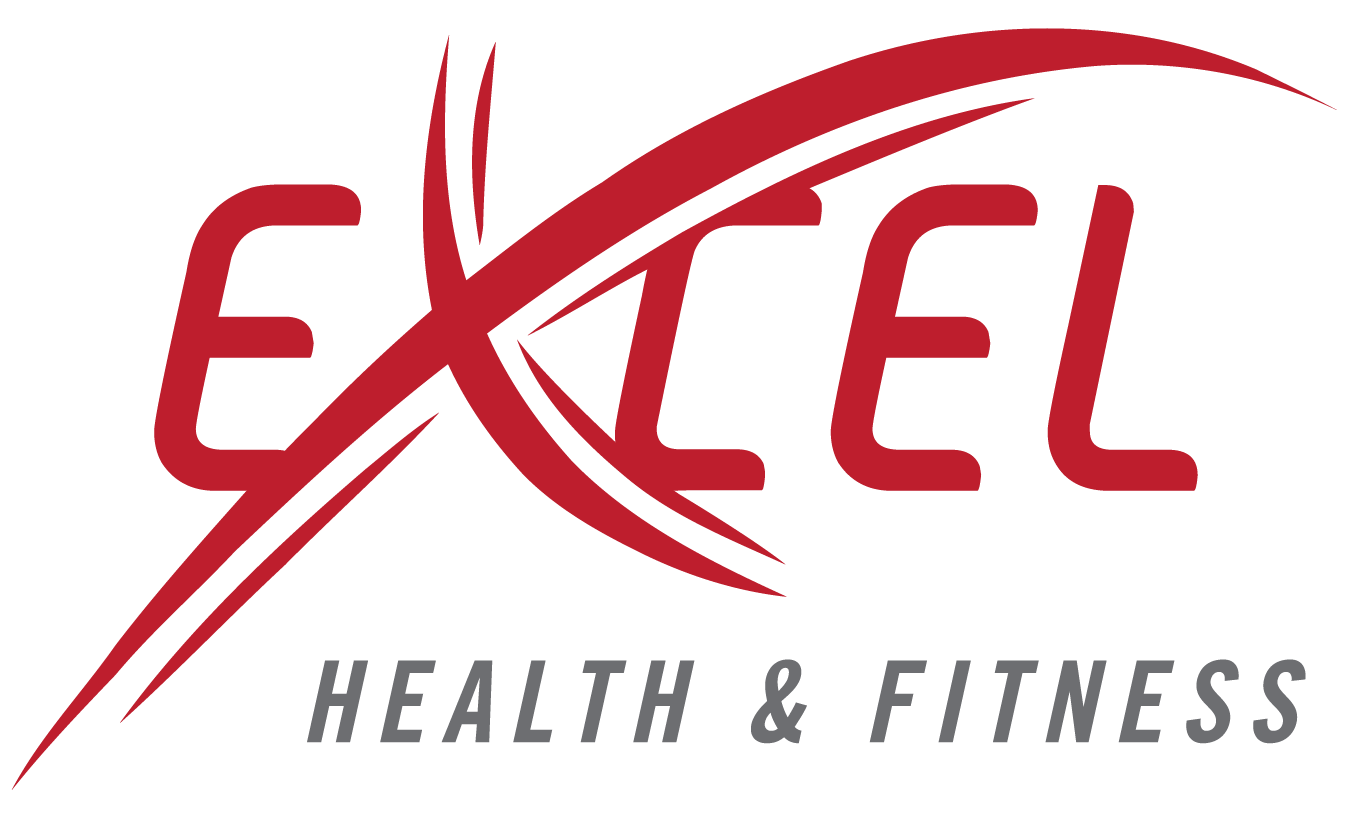Different Methods, Different Numbers — What Should You Trust?
If you’ve ever tried more than one body fat test — maybe a smart scale at home, an InBody at a gym, and a Fit3D scan — you’ve probably seen very different results.
It’s confusing. One says 18%. Another says 25%. A third says 21.5%.
So what should you believe? And is it better to try multiple tests, or just stick with one method consistently?
Here’s what we tell our members at Excel Health & Fitness in Manteca.
Why Every Test Gives You a Different Number
Each method uses a different way to estimate body fat. For example:
Smart scales use electrical currents (BIA), which are affected by hydration
Calipers rely on the tester’s skill and accuracy
DEXA scans use X-rays for precise breakdowns
Fit3D uses 3D imaging and body measurements
None of them are 100% perfect. What matters most is that you use the same method consistently, so you can actually track change.
The Problem with Mixing Test Types
Using multiple test methods might seem like you’re “double-checking,” but it often leads to:
Conflicting results
Confusion about what’s working
Doubt in your own progress
Stress over chasing the “right” number
You might end up spinning your wheels, changing your plan not because your body changed, but because the data confused you.
Why Sticking With One Method (Like Fit3D) Works Best
With Fit3D, you get:
Consistency across all scans
Visual progress with your 3D avatar
Body fat, lean mass, circumference, posture, and more
A dashboard that tracks your trends over time
Zero guessing, just clean data and real feedback
Whether the number says 23% or 20% doesn’t matter as much as whether it’s moving in the right direction.
When It Might Make Sense to Do a Second Test
There are some cases when comparing methods is helpful:
You’re prepping for a medical procedure that requires DEXA
You want to compare Fit3D to a previous method you used
You’re doing a one-time baseline check with a different tool
But for weekly or monthly use? Stick to one method.
Final Thought
Your goal isn’t to chase a “perfect number.”
Your goal is to measure real change, stay motivated, and know when your plan is working.
That’s what Fit3D does best, and why most people see their best results when they stop bouncing between tools and start tracking with confidence.
